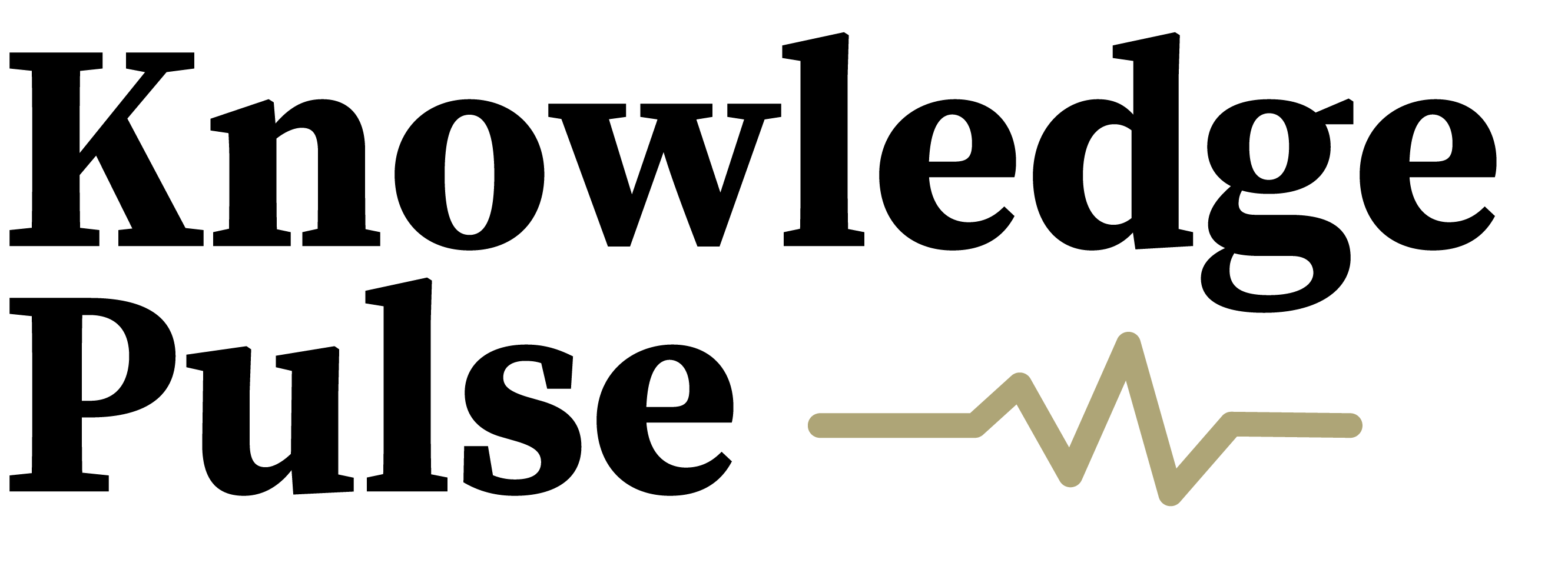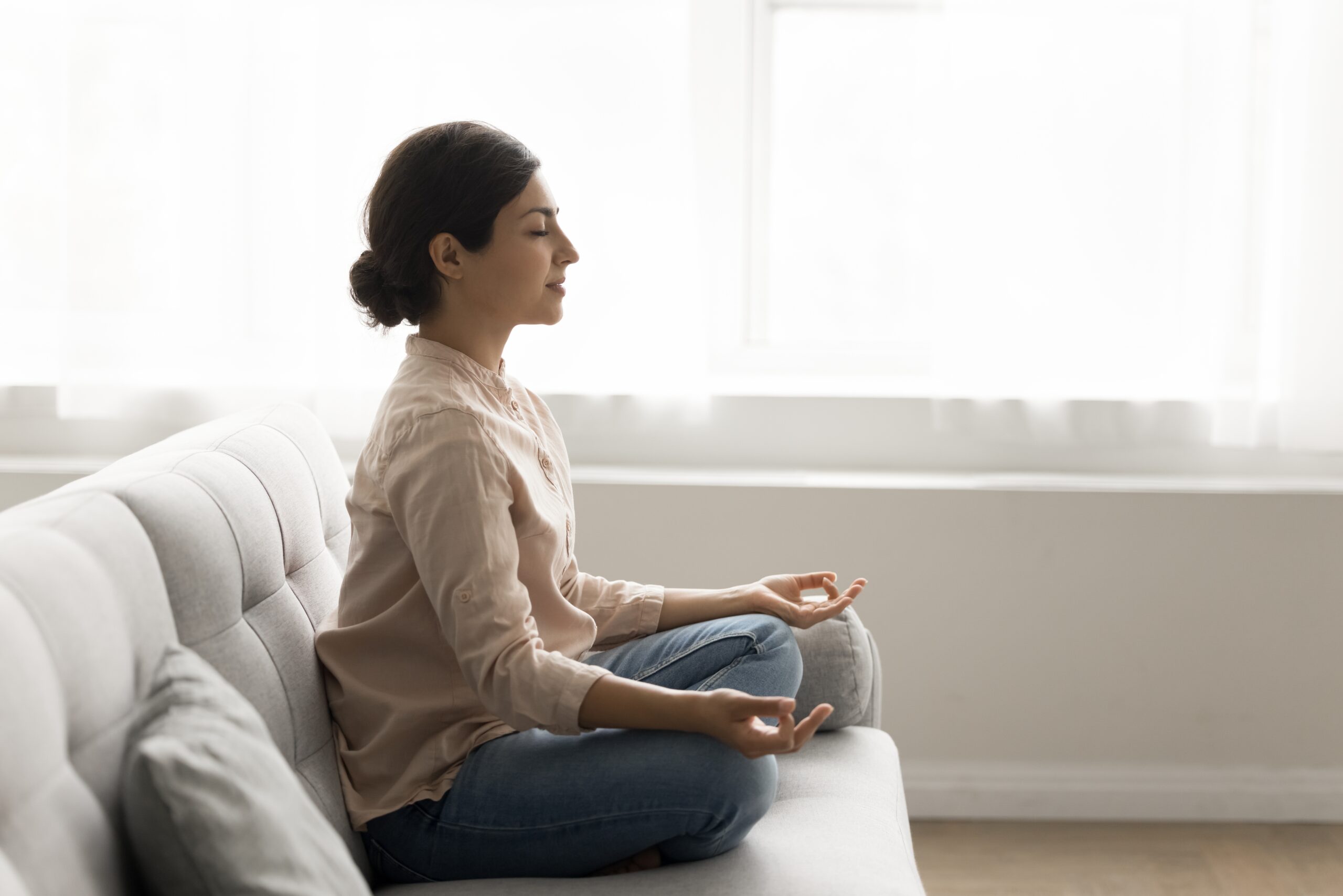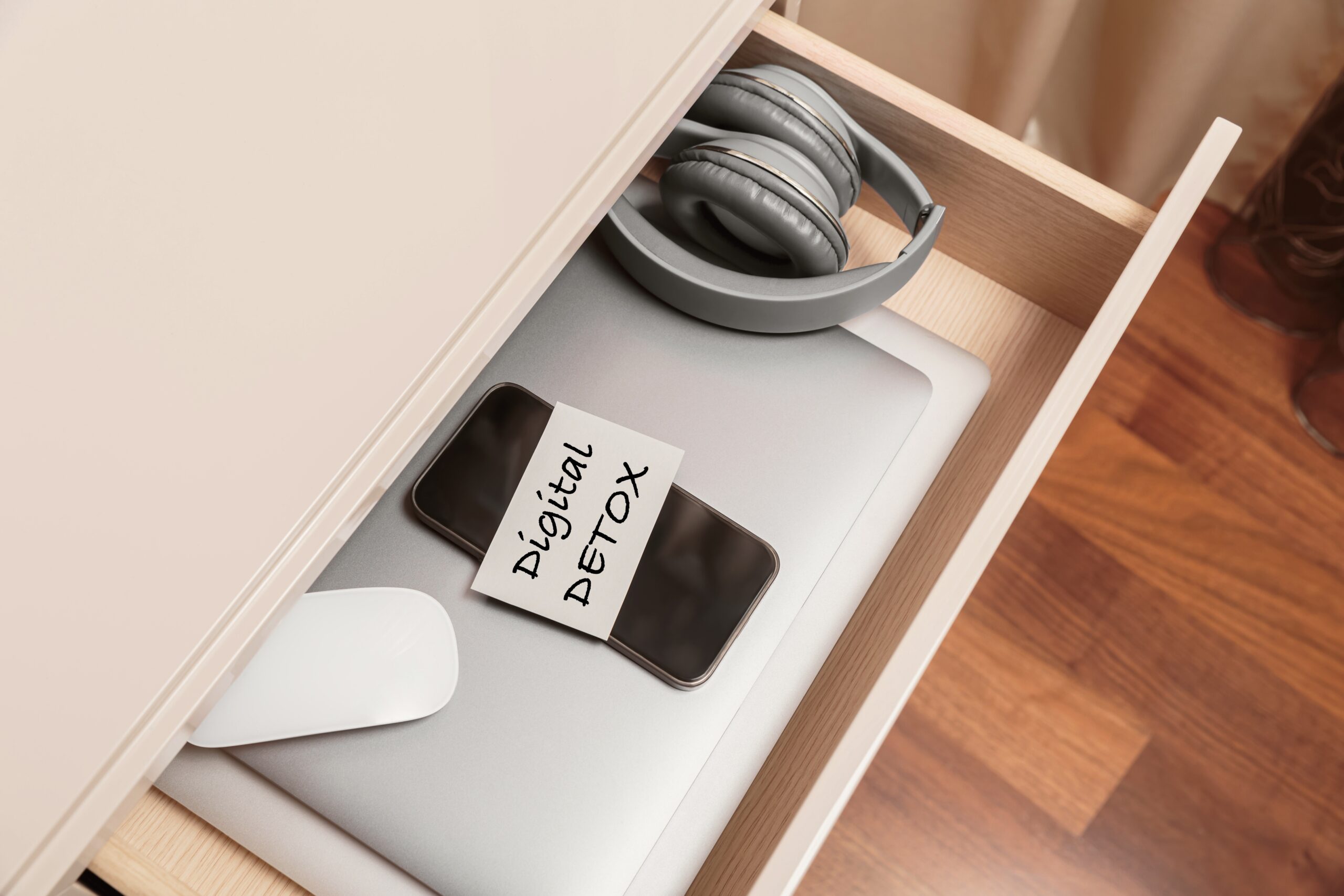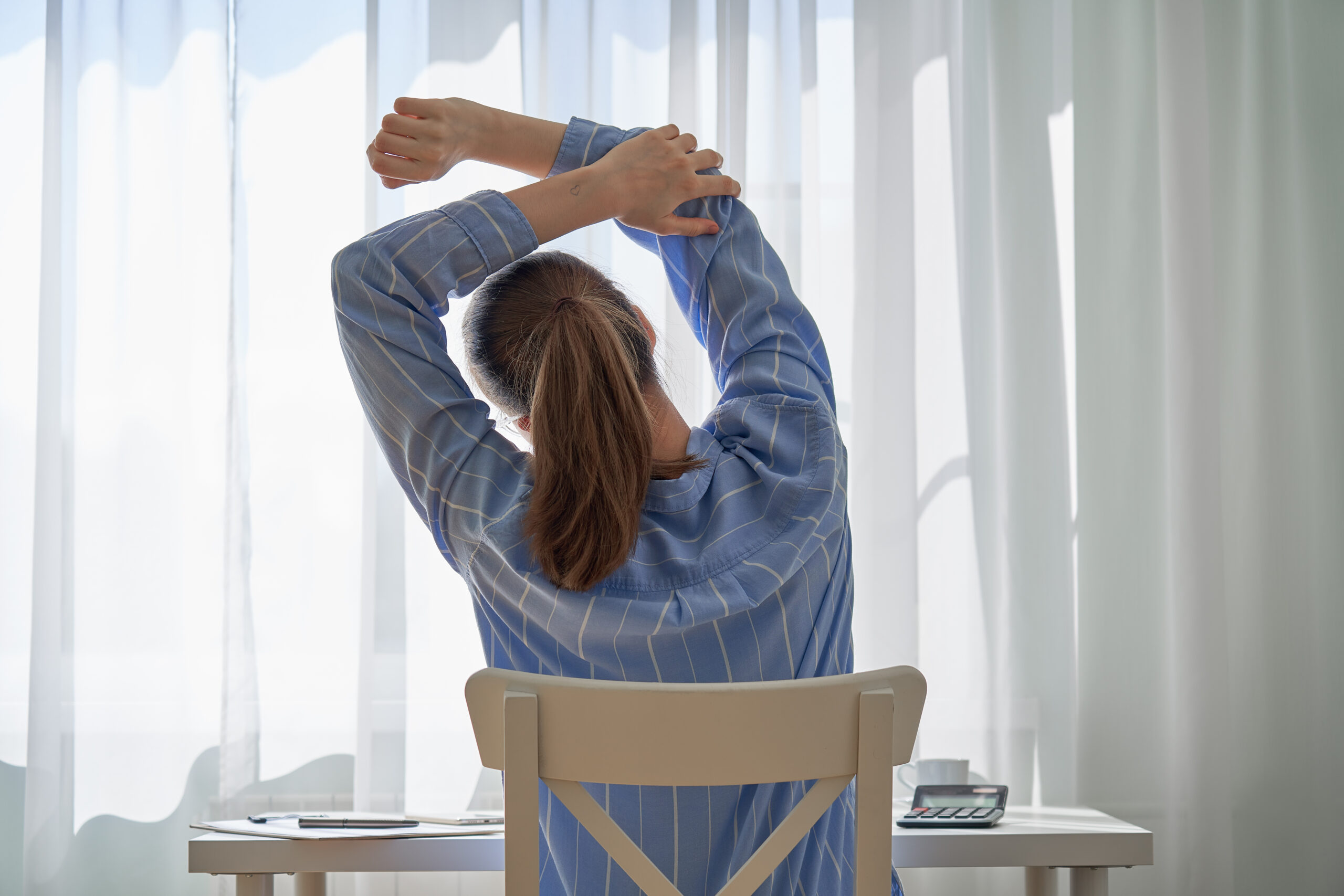Executive Summary
In an era dominated by technology, the concept of a digital detox has gained traction as a way to reduce stress, increase focus, and improve mental well-being. However, there are several misconceptions surrounding digital detoxing, leading many to either dismiss it as unnecessary or approach it with unrealistic expectations. This article explores the five biggest misconceptions about digital detox and sheds light on what it truly means to take a break from technology.
Table of Contents
- Introduction: Understanding Digital Detox
- Misconception #1: Digital Detox Means Completely Avoiding Technology
- Misconception #2: Digital Detox is Only for People Who Are Addicted
- Misconception #3: A Short Detox Will Solve All Your Digital Problems
- Misconception #4: Digital Detox is Inconvenient and Impractical
- Misconception #5: Digital Detox is About Hating Technology
- How to Approach Digital Detox the Right Way
- Conclusion: Rethinking Our Relationship with Technology
1. Introduction: Understanding Digital Detox
A digital detox refers to a temporary break from digital devices—including smartphones, social media, and computers—to restore mental clarity, improve productivity, and enhance real-life connections. While it offers many benefits, misconceptions about how it works and who needs it prevent people from experiencing its full potential.
2. Misconception #1: Digital Detox Means Completely Avoiding Technology
One of the biggest myths about digital detox is that it requires completely cutting out all technology. In reality, a digital detox is not about total avoidance but about mindful use.
The Truth:
- Digital detox can be customised to fit your lifestyle.
- You can limit certain types of digital consumption (e.g., social media, video streaming) while still using technology for work or essential tasks.
- The goal is to reduce dependency on technology, not eliminate it entirely.
| Myth | Reality |
|---|---|
| Digital detox = No technology | Digital detox = Mindful technology use |
| Must last for weeks | Can be as short as a few hours or days |
| Eliminates productivity tools | Focuses on reducing distractions |
Additional Insight:
A full detox may work for some, but for most people, a hybrid approach—where unnecessary digital consumption is cut while essential use remains—yields better results. Experimenting with gradual detoxing can be more sustainable.
Key Takeaway: You don’t need to completely abandon technology to benefit from a digital detox—small, intentional breaks can be just as effective.
3. Misconception #2: Digital Detox is Only for People Who Are Addicted
Many people believe that only those who are addicted to social media or gaming need a digital detox. This is not true.
The Truth:
- Even people who use technology moderately can benefit from a structured break.
- A digital detox can help improve focus and reduce stress, even for those who feel they have control over their screen time.
- Technology can be distracting and exhausting, even without addiction.
Who Can Benefit from a Digital Detox?
✔ Professionals who experience screen fatigue and burnout.
✔ Students who need better focus and cognitive clarity.
✔ Parents who want to spend more quality time with family.
✔ Anyone looking to improve their mental and emotional well-being.
Additional Insight:
Many studies suggest that reducing screen time, even by an hour daily, can improve sleep quality, reduce anxiety, and enhance overall happiness. Implementing screen-free evenings is a great first step.
Key Takeaway: Digital detoxing is not just for tech addicts—it’s a useful tool for anyone looking to improve their relationship with technology.
4. Misconception #3: A Short Detox Will Solve All Your Digital Problems
Many assume that taking a one-week break from social media or screens will permanently fix their digital habits. However, a digital detox is not a magic cure—it’s a step towards long-term behaviour change.
The Truth:
- Short detoxes help reset habits, but real change comes from consistent practice.
- Without a plan, people often return to old habits after a detox.
- Long-term benefits come from gradually integrating healthier digital behaviours into daily life.
How to Make Your Detox More Effective:
✔ Set realistic goals—e.g., reducing screen time by 30 minutes per day.
✔ Identify digital triggers—why do you reach for your phone?
✔ Implement post-detox habits—such as scheduled screen-free hours.
Additional Insight:
Think of a digital detox like a healthy diet—a one-time cleanse might help initially, but consistent good habits are needed for lasting benefits.
Key Takeaway: A digital detox is a starting point, not a one-time fix—true change happens with consistent digital mindfulness.
5. Misconception #4: Digital Detox is Inconvenient and Impractical
Some people avoid digital detoxing because they believe it will interfere with work, social connections, or daily responsibilities.
The Truth:
- A digital detox can be adapted to fit your schedule.
- It doesn’t mean ignoring important emails or calls—it’s about reducing non-essential screen time.
- There are many ways to implement a digital detox without disrupting work or life.
Ways to Make Digital Detox Practical:
✔ Designate screen-free zones at home (e.g., dining table, bedroom).
✔ Use “Do Not Disturb” mode to limit unnecessary notifications.
✔ Schedule specific times for checking emails and social media.
✔ Try partial detoxes—such as no screens in the morning or before bed.
Key Takeaway: Digital detoxing is flexible—you can tailor it to fit your lifestyle without compromising responsibilities.
6. Misconception #5: Digital Detox is About Hating Technology
A common misconception is that digital detoxing means rejecting technology altogether or believing that digital tools are inherently bad. However, this is far from the truth.
The Truth:
- Digital detox is about improving your relationship with technology, not eliminating it.
- Technology has many benefits, but mindful usage prevents over-reliance.
- The goal is to balance technology use so it enhances life rather than controls it.
Key Takeaway: A digital detox is about using technology intentionally—it’s not an anti-tech movement.
7. How to Approach Digital Detox the Right Way
To get the most out of a digital detox, consider these simple yet effective strategies:
✔ Start small – Even a one-hour detox can be beneficial.
✔ Identify problem areas – Track your most time-consuming apps.
✔ Replace screen time – Engage in reading, exercise, or face-to-face interactions.
✔ Be consistent – Establish long-term digital boundaries.
8. Conclusion: Rethinking Our Relationship with Technology
A digital detox doesn’t have to be extreme—it’s about finding balance. By addressing common misconceptions, we can adopt a realistic approach to digital wellness.








